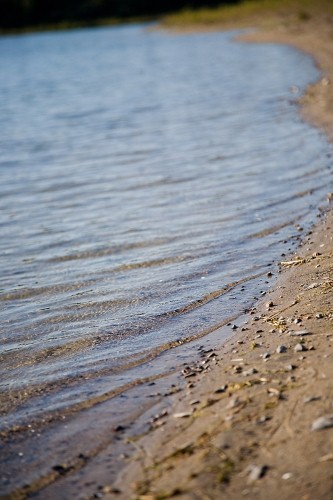While this blog recently reported on how the summer's drought has adversely affected the U.S. infrastructure, the New York Times says that the nation's waterways are also being forced to take evasive maneuvers to ensure things run smoothly.
The Army Corps of Engineers has over one dozen dredging vessels working on the Mississippi River this summer, with certain stretches of the waterway nearing the record-low levels from 1988, where river traffic was suspended in several spots. The ships are designed to excavate sediment and deposit it off to the side, increasing the waterways' flow.
Even with careful engineering work, though, tow operators are still being forced to haul fewer barges, load them lighter and run them more slowly – causing their costs to increase. According to the news source, 60 vessels have run aground in the lower Mississippi since May.
Tim Rubacky, a spokesman for American Queen – a paddle-wheel steamboat that takes passengers on tours along the inland waterways – said that a decision was made earlier this month to not send the boat below Memphis. While the water was deep enough, the company agreed with the Coast Guard that the risk of a barge accident and ensuing traffic closures was too great.
"It's kind of like a truckful of watermelons spilling over on the expressway," Rubacky said. "Everything's going to come to a halt."
With proper business impact analysis, companies and organizations can ensure that regardless of the situation, the day-to-day work can continue as smoothly as possible.
For example, the dredge vessels are helping to create a sill – a dam of sediment – that will block the income of salt water while still letting boats pass. With less water than normal flowing down the Mississippi this summer, a wedge of salt water is slowly moving towards New Orleans, which could hinder local water supplies drawn from the river.

